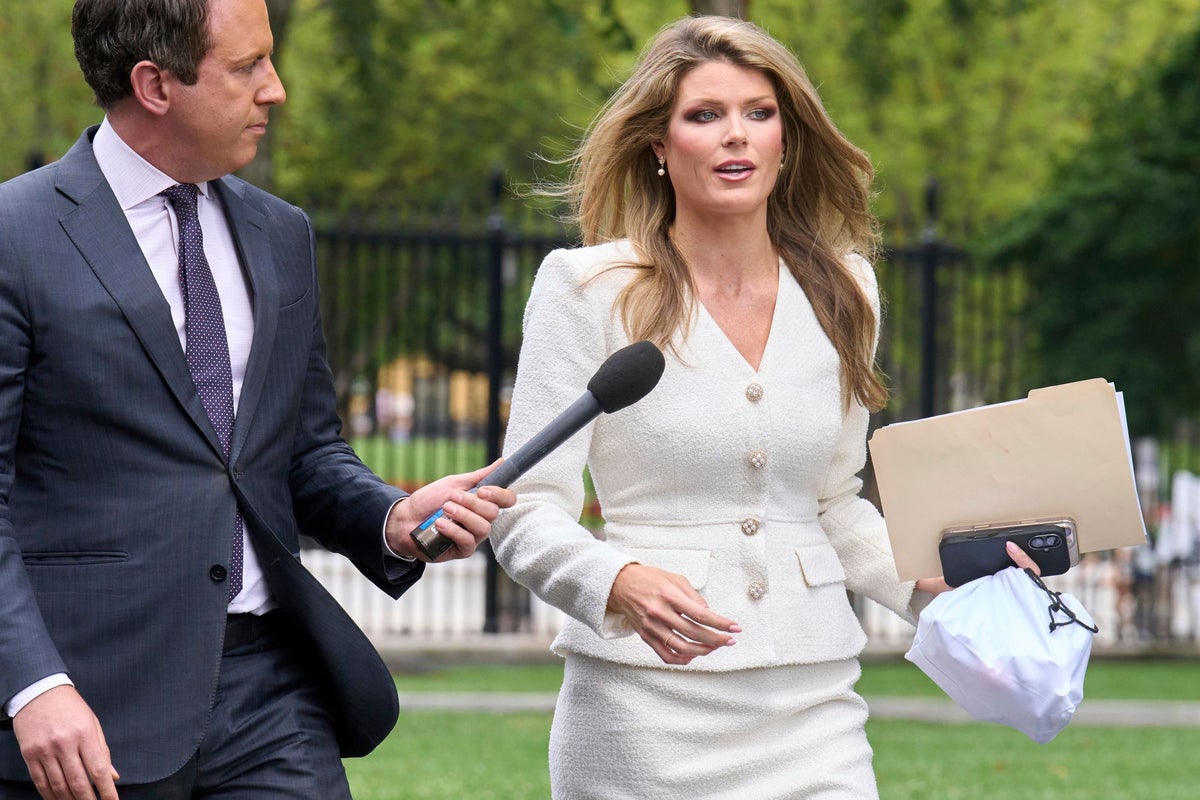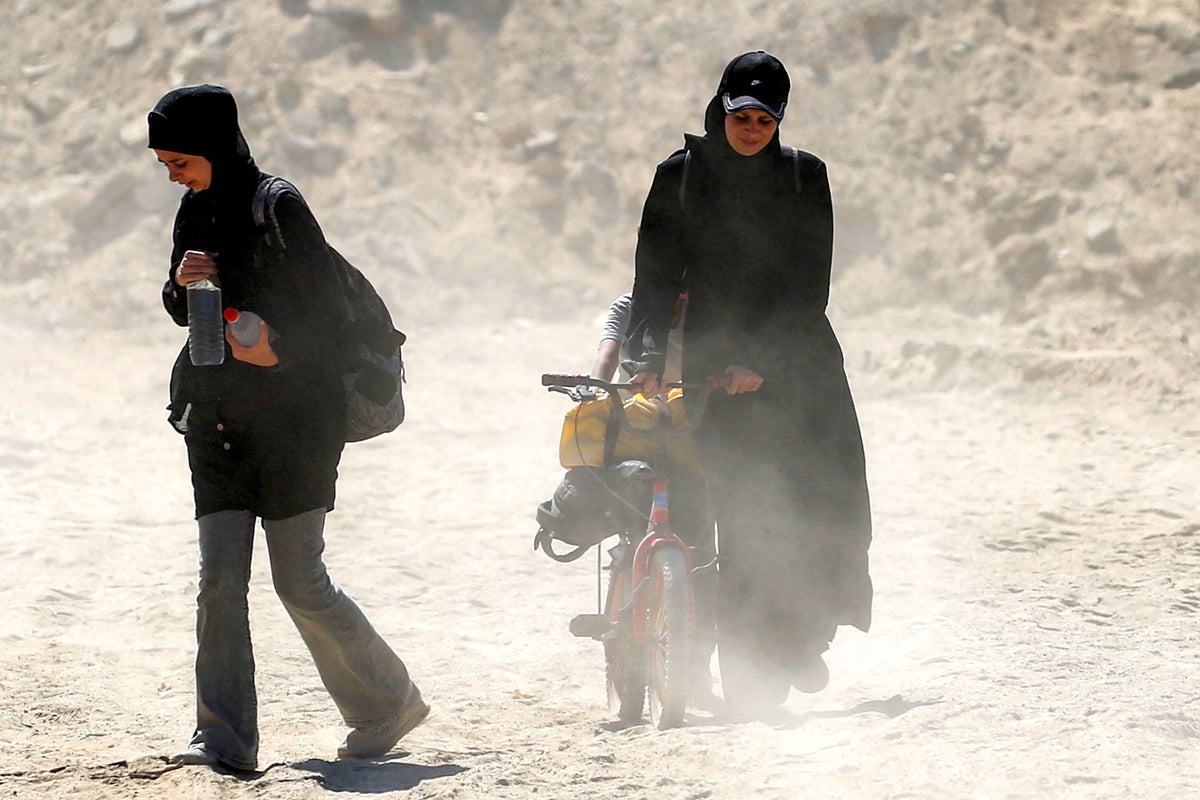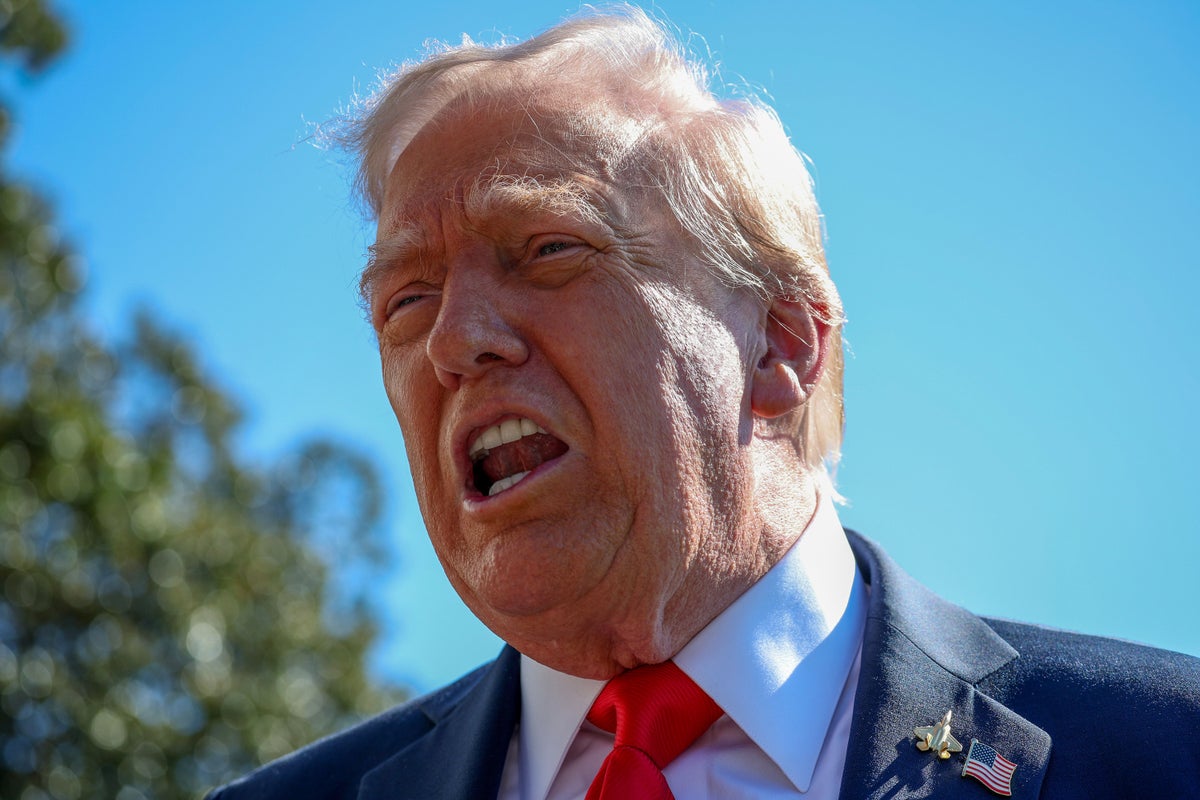Clutching little more than a small rucksack or a metal can to hold water, tens of thousands of Palestinians in Gaza began their long walk home on Friday after a ceasefire between Hamas and Israel came into effect.
Snaking along the coastal road heading north to Gaza City, those displaced countless times during two years of unprecedented bloodshed took to the road once more.
Most carried nothing more than the clothes they were wearing as they dared to hope that a pause in the fighting may finally be more permanent.
Flanking the road were the ashen remains of buildings destroyed by relentless Israeli bombing. Mangled skylines loomed up around them, above piles of concrete rubble and twisted metal.
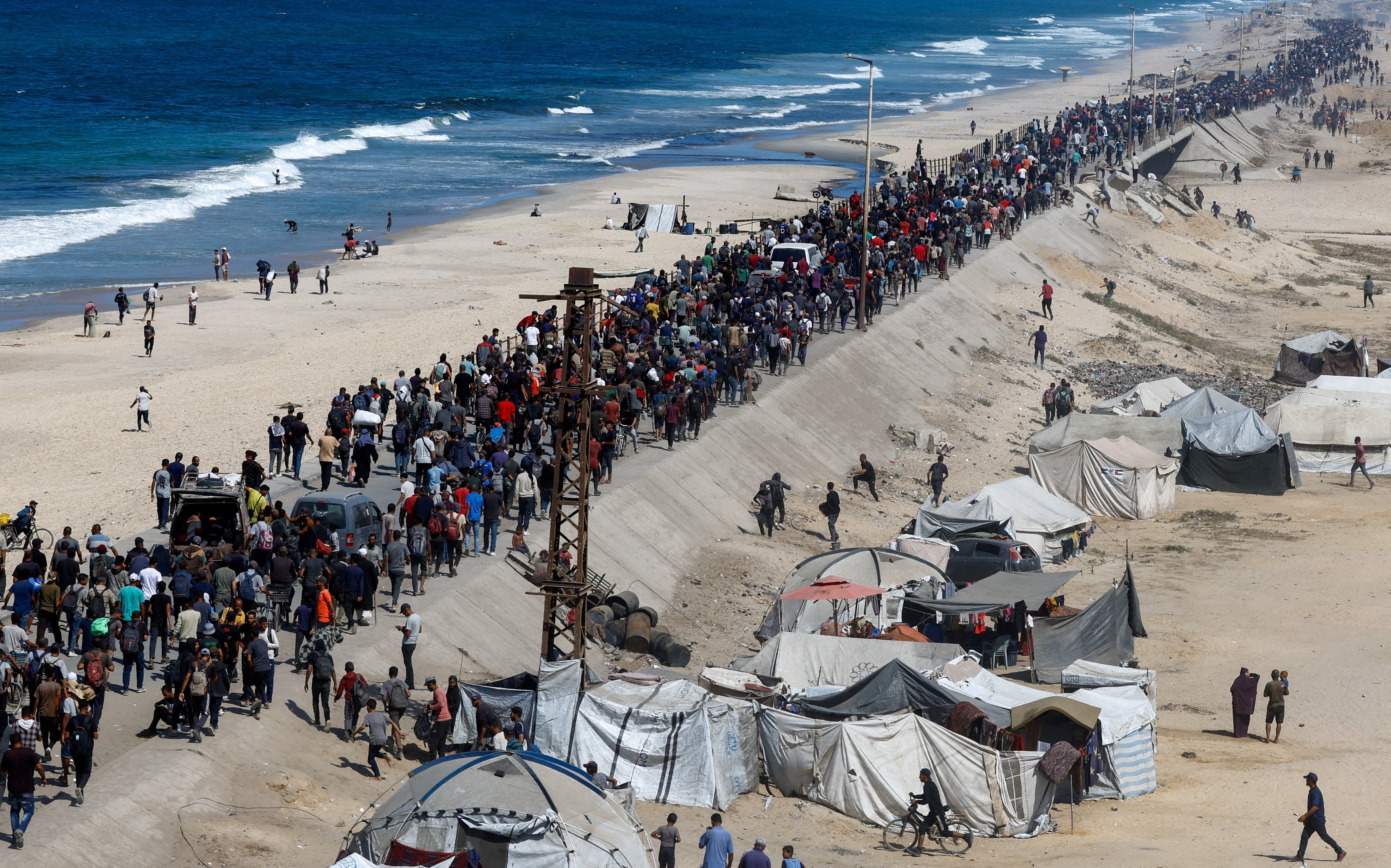
Among those travelling was Mahmoud Al-Kafarneh, 37, who headed home to northern Gaza. Living displaced in a tent for so long, he risked the long road north to find shelter.
“Your body shivers from the scale of the destruction,” he said.
“I felt extremely happy, the feeling of returning to the place I have always loved to live in, the streets that I know and remember well despite the destruction that befell them.
“But there is a more important reason for my happiness, which is that the sounds of violent shelling have stopped and the constant fear for my family and mother from the shelling has gone.
“We hope that the ceasefire will last permanently.”
The mass movement of people started shortly after midday, when the Israeli government declared that the long-awaited ceasefire had started.
Under the “phase one” rules of Donald Trump’s plan, Hamas now has 72 hours to deliver the 48 remaining hostages – 20 of whom are believed to be still alive – who have been held since the atrocities of October 7, 2023.
In return, 2,000 Palestinians held in Israeli jails will be released. While this is happening, Israeli forces will begin the staged withdrawal to what is known as the “yellow line”, which runs several kilometres deep into Gaza but will mean pulling out of some of the more populated cities.
An Israeli official told The Independent that the handover could begin as early as Sunday, with hostages being brought into Israel via multiple crossings. In the agreement, all 48 are supposed to be released at the same time but the same official said that was unlikely.
Families may have to wait as Hamas does not know all the locations of the deceased hostages. The Independent understands they will build an international task force, including regional countries like Qatar and even Turkey, to locate and retrieve the missing.
Donald Trump, eager to keep up the pressure on this deal working, has said he intends to visit Israel at the start of next week to address the government and is expected to meet up with the families of the hostages still held – there are even discussions about whether he will travel to southern Israel to greet some of them.
But hopes of a longer-term peace remain very much in the balance, with Israeli prime minister Benjamin Netanyahu insisting his troops would remain in the enclave until Hamas has fully disarmed.
The Israeli forces currently control around 50 per cent of Gaza.
“If this is achieved the easy way, so be it. If not, it will be achieved the hard way,” Mr Netanyahu said. He added that Hamas agreed to the deal “only when it felt that the sword was on its neck – and it is still on its neck”.
In Gaza, Palestinians were told not to stray from their assigned areas, with Brigadier General Effie Defrin warning: “I am calling from here on the residents of Gaza to avoid entering areas under IDF control. Keep to the agreement and ensure your safety.”
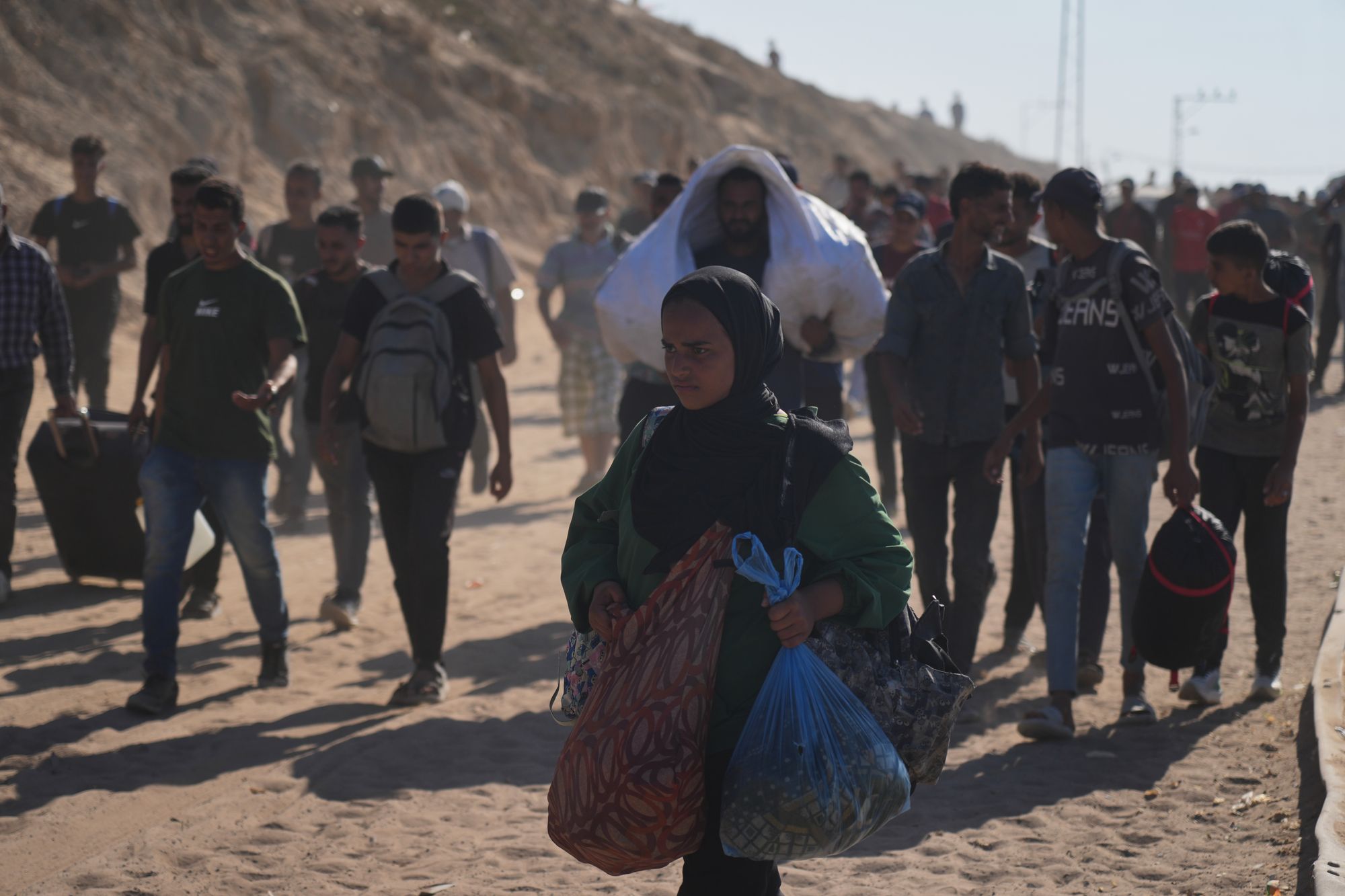
As the enclave starts to open up and the bombings stop, aid agencies have made urgent calls for all crossings to be opened for food aid to combat the growing famine in the Gaza Strip.
Aid convoys are expected to be allowed in from Sunday.
Unicef spokesperson Ricardo Pires said children are especially vulnerable because they have gone without proper food for long periods.
“The situation is critical. We risk seeing a massive spike in child death, not only neonatal but also infants, given their immune systems are more compromised than ever before,” he said.
In Gaza’s southern city of Khan Younis, hundreds of Palestinians returning to their homes found wrecked buildings, rubble and destruction after Israeli troops withdrew.
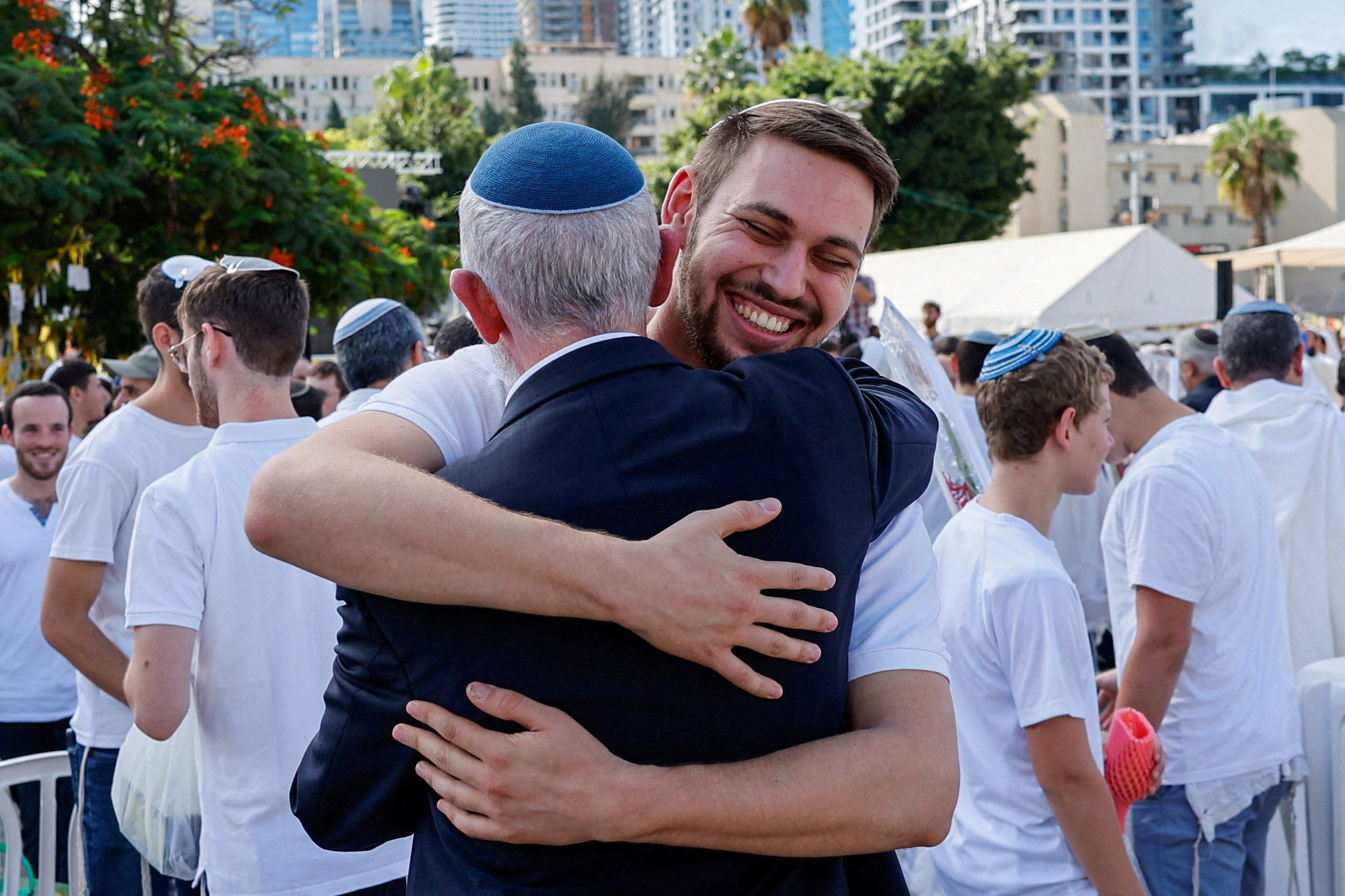
“There was nothing left. Just a few clothes, pieces of wood and pots,” said Fatma Radwan. “We came to a place that is unidentifiable. An unidentifiable town. Destruction is everywhere,” said Hani Omran, also displaced from Khan Younis.
In Hostages Square in Tel Aviv, families waiting for their loved ones said they were celebrating but “holding their breath”.
Speaking at a special Shabbat dinner held on Hostages Square, a rally point for relatives and families of the hostages, Einav Zangauker, mother of Matan Zangauker, 24, who was seized from Nir Oz, appealed to the Israeli people to help keep the ceasefire alive.
“We are in days when we need you more than ever – a tense and nerve-racking day,” she said in tears, adding that the struggle was not over until all 48 hostages were brought home.
“We are experiencing a storm of emotions; we are worried and don’t know anything beyond what you also know.”
Arbel Yehoud, who was a captive of Palestinian Islamic Jihad herself until she was released in an earlier ceasefire, spoke about her partner Ariel Cunio, who remains in captivity. “Just a little longer and you’ll be home, my beloved,” she said in tears.
Omri Lifhshitz, 51, son of Oded, a peace activist seized on October 7 and killed in captivity, said the families were “holding their breath” and struggling with an “emotional rollercoaster” as they waited.
Oded’s body was finally retrieved from Gaza and delivered back to his family in February so they could hold a funeral, which Omri said was vital for family closure.
“We don’t know how they are going to locate all of the hostages. I hope they find and return the bodies; we are afraid some will never be found.
“But this feels like the end of the war. I hope this will be better for all of us, to make Gaza a beautiful place again. My father was a peace activist all of his life, who drove Palestinian kids to hospitals.
“I don’t know if you can call this peace; it is a ceasefire, but I’m optimistic. We need to fight for a better future for all.”
